Students will use the teacher created exploration tub, charts and cards to understand the concept of "Then and Now."
- Subject:
- Elementary English Language Arts
- Material Type:
- Lesson Plan
- Author:
- Utah Lesson Plans
- Date Added:
- 08/25/2021
Students will use the teacher created exploration tub, charts and cards to understand the concept of "Then and Now."
Students will create and share their own rock art. Part of this lesson is done as a shared reading experience.
After reading the story "The Little House", students will discuss changing patterns and then create a seasonal mandala.
After reading Carol A. Johnson's book titled "Family", students will create a classroom graph of their family members.
After reading Leo Lionni's story titled "Frederick", students will illustrate a scene from the story.
During the class' plant unit, students will observe a plant and write and illustrate what they have learned in their discovery journal.
Using the interactive writing procedures, students will write sentences and illustrate ways seeds travel.
Using the interactive writing procedure, students will write about vehicles that float.

This is a game-based learning math lesson for 1st grade that deepens conceptual understanding of comparing two two-digit numbers and has students use the symbols associated with comparison (>, =, <).

This lesson reviews 1st Grade math concepts of addition, subtraction, telling time to the hour, and making 10. It is designed as a "Choose Your Own Adventure" form that links students to hyperdocs for each topic.Image Attribution

This is a lesson plan that will help educators teach Kindergarten students about 2D and 3D shapes, how to identify, sort them and design their own using marshmallows and toothpicks. Assessments and Rubrics are included to assess students on identifying, sorting, and designing 2D and 3D shapes.The image used in the Image Title was a screen shot taken from the Youtube Assessment that is linked to the lesson plan. It is Titled "2D or 3D Shapes: Under the Sea Math Brain Break" by Move and Groove Math It is licensed under CC BY-SA 4.0
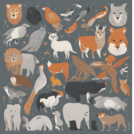
This is a writing unit on animal adaptations. Students will need to be expert researchers and will be able to dip their toes into the wonderful world of EBSCO! They will research the animal assigned to them using various graphic organizers and research questions to help guide their thinking. Once research is complete, they will fill out the OREO graphic organizer with an introduction, 3 facts with details, and a conclusion. At that point, students will publish their work. Cover Image: Canva AI Generated
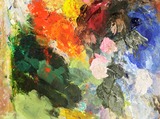
This lesson is a great way for students to display their artwork from the year in a digital slideshow/video. Students will take Photos of thier artwork to create a presentation in a slideshow labeling material, names, techniques, or themes for their work. They will learn skills in photo taking and cropping, and Adobe Creative Cloud Slideshow.Photo by Karolina Badzmierowska on Unsplash
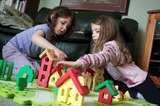
This is a description of a mini unit/learning hub/website about maps and community for second grade. The webiste contains a variety of digital activities students will complete to build their knowledge of community and maps. Cover picture from https://www.flickr.com/photos/25728552@N00/5604698336

Students will learn that animals have parts that are called features, and those features have functions that allow them to survive in their habitat. Students will conduct research on an animal of their choice and write an informative paragraph about that animals features.
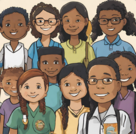
This is a lesson plan for 2nd grade students in Social Studies. Students will recognize and practice civic responsibility in the community and the nation. This lesson will take approximately 4 lesson periods of 1/2 hour each. This lesson plan is designed for face-to-face instruction.Image created by Tamara Baggett on Canva
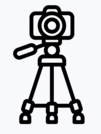
This lesson plan is to support teachers in learning how to incorporate storyboarding and scripting into the classroom! This is a great way to have students use sequencing, main idea and details, and narrative creation to allow students to develop their own stories using a storyboard and script. The students will also have the opportunity to see their masterpiece come alive, with support from their teacher, putting together their creations piece by piece. This will be a great introduction into filmmaking in the classroom!
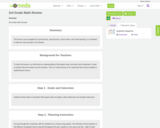
3rd Grade Math Review

In this 60-90 minute face-to-face or virtual lesson students will read the book "The True Story of the 3 Little Pigs!" by Jon Scieszka and then use digital storytelling to recount the story, the moral lesson, and how that was conveyed through key details in the story. Students will also identify the characters in the story and how they contributed to the sequence of events.Photo Attribution: https://www.flickr.com/photos/litandmore/2265937974
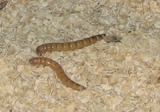
This is a fourth-grade student science project tied to SEEd standard 4.1.1 In this project students demonstrate the understand of how the structure of an animal or plant supports their function.This project is designed to support students in engaging in science investigations by combining their personal life with a school project. Students will use the photo they took to create an Adobe Spark Video and label the structure and function of the animal or plant. Students will share the Adobe Spark video link in the Canvas to share with the class